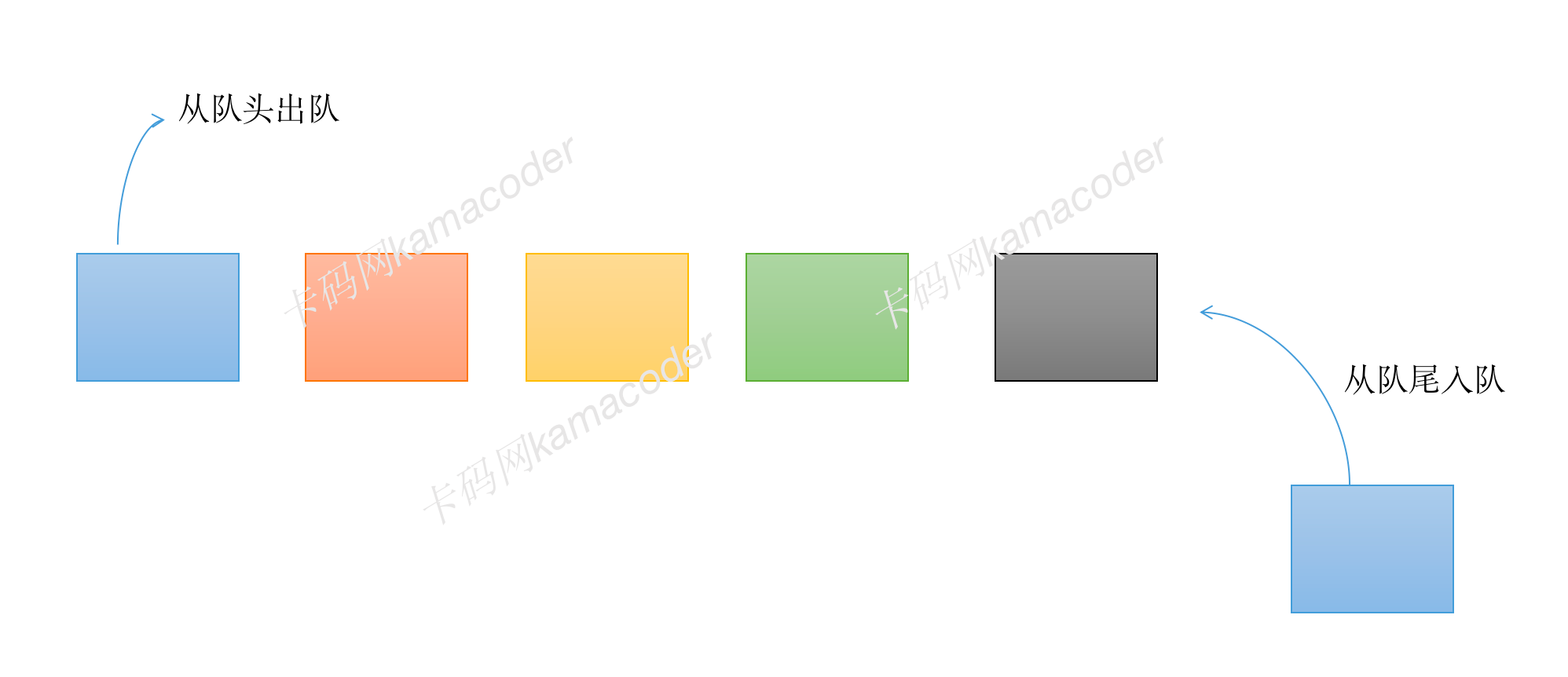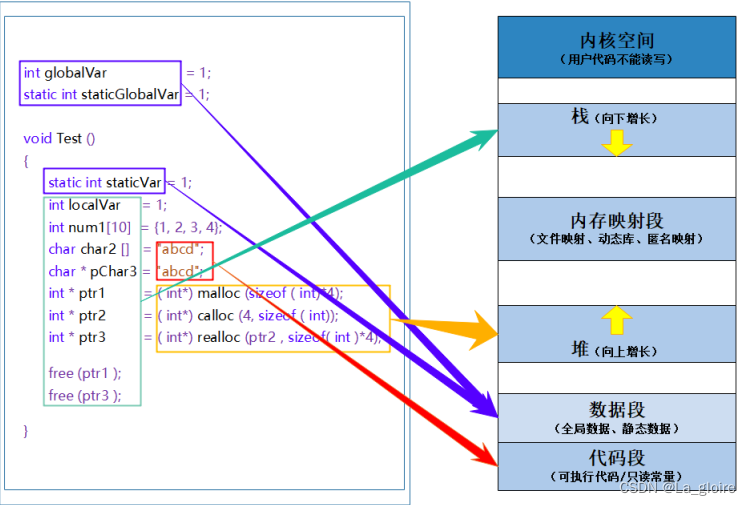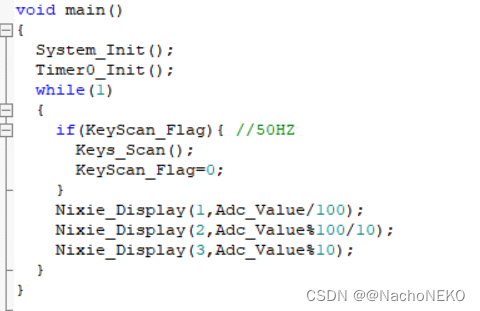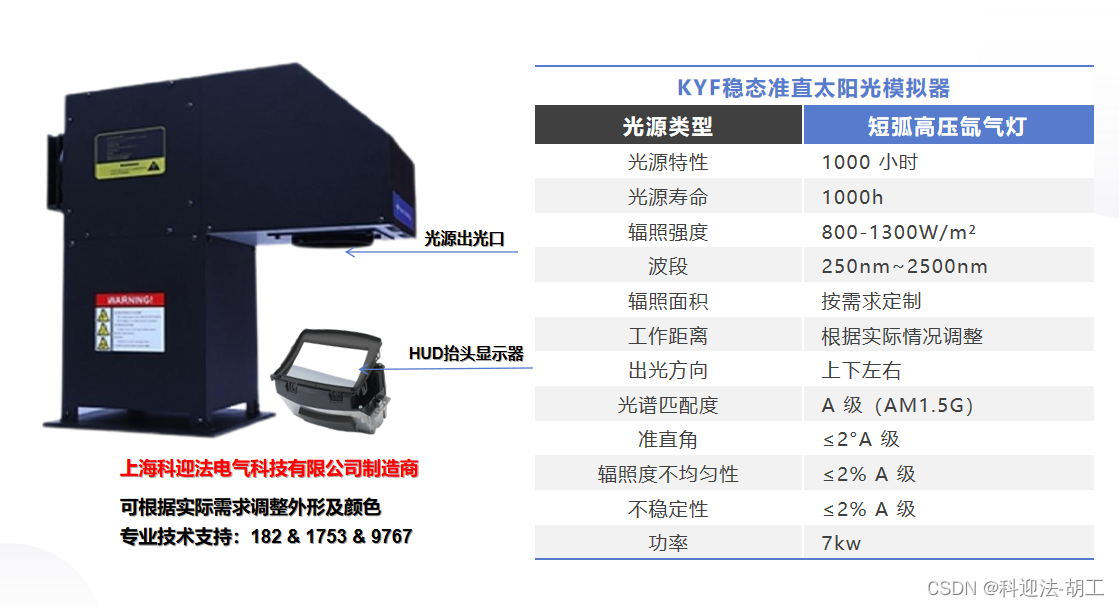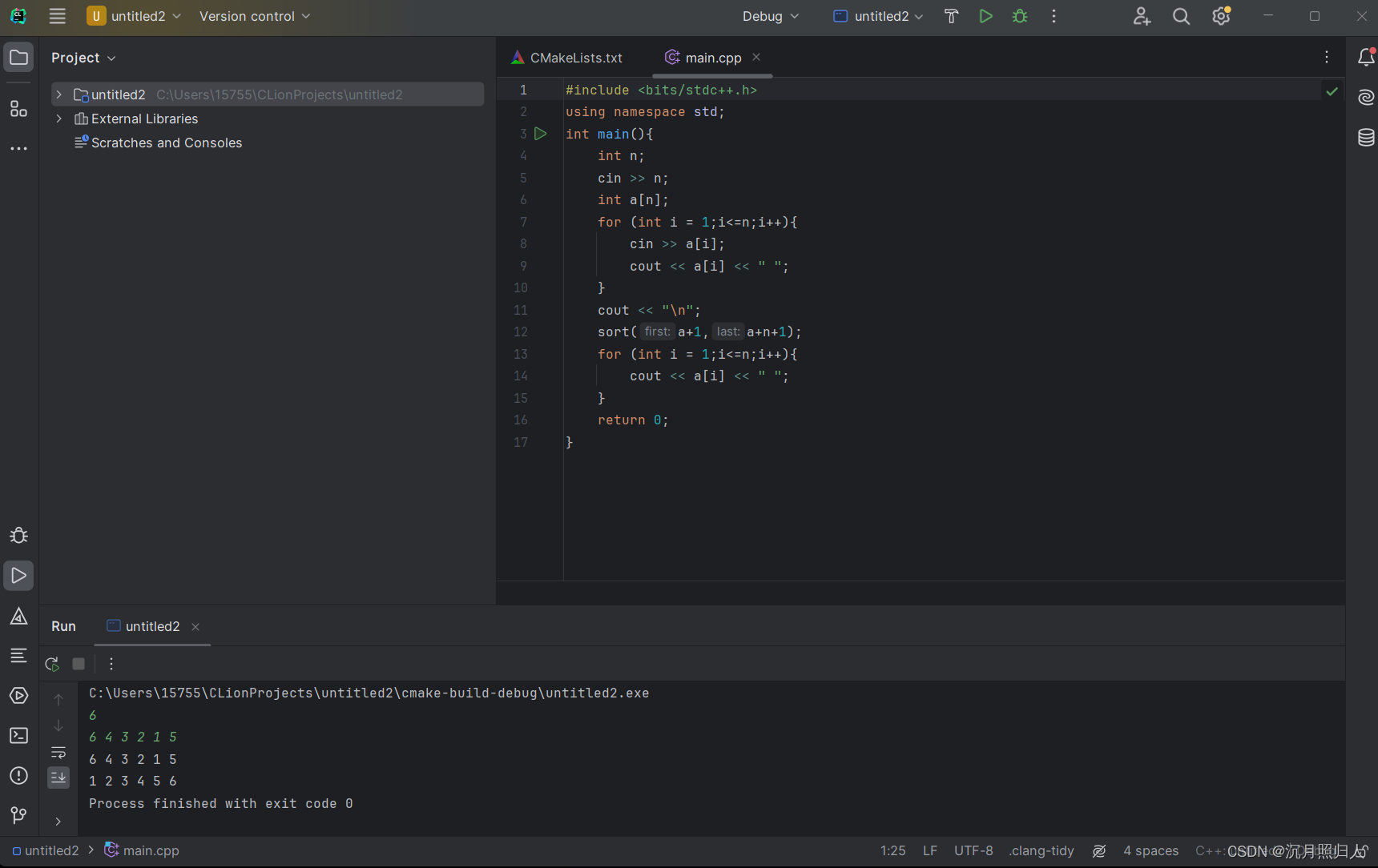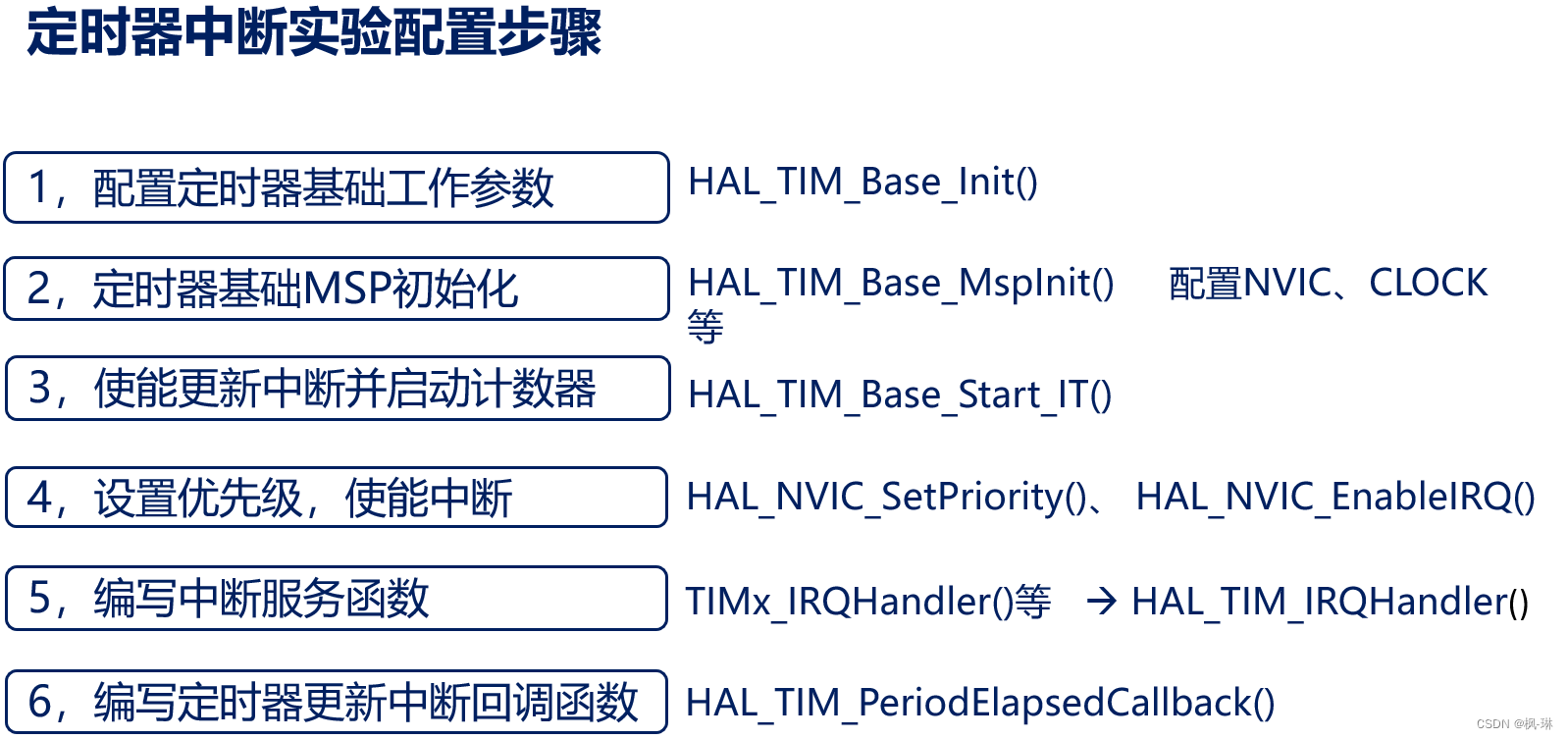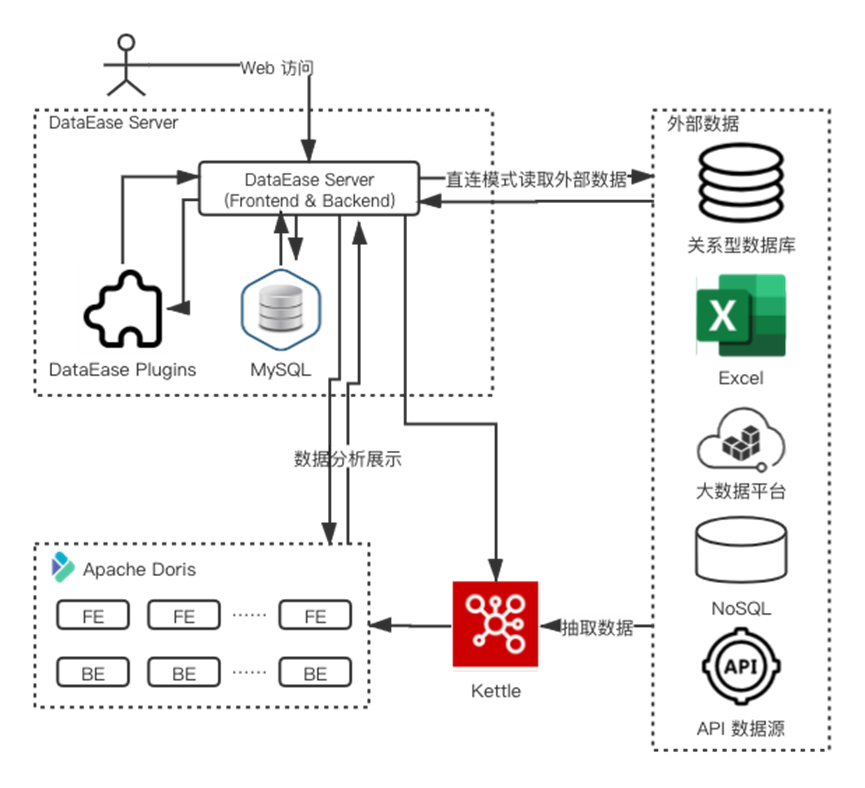前言

整体评价
很普通的一场比赛,t2思维题,初做时愣了下,幸好反应过来了。t3猜猜乐,感觉和逆序数有关,和奇偶性有关。不过要注意int溢出。
欢迎关注: 珂朵莉的天空之城
A. 客人数量
题型: 签到
累加和即可
import java.io.BufferedInputStream;
import java.util.Scanner;
public class Main {
public static void main(String[] args) {
Scanner sc = new Scanner(new BufferedInputStream(System.in));
int n = sc.nextInt();
long res = 0;
for (int i = 0; i < n; i++) {
long v = sc.nextLong();
res += v;
}
System.out.println(res);
}
}
B. 指针运动
思路: 思维题
其实只要找到最小值,然后模拟,这样时间复杂度就能控制在 O ( n ) O(n) O(n)
值域很大,这是最佳的策略
不过枚举应该也可以
import java.io.BufferedInputStream;
import java.util.Arrays;
import java.util.Scanner;
public class Main {
public static void main(String[] args) {
Scanner sc = new Scanner(new BufferedInputStream(System.in));
int n = sc.nextInt();
long[] arr = new long[n];
for (int i = 0; i < n; i++) {
arr[i] = sc.nextLong();
}
long minTimes = Arrays.stream(arr).min().getAsLong();
int now = (int)(minTimes % n);
long cutoff = minTimes;
while (arr[now] > cutoff) {
now = (now + 1) % n;
cutoff++;
}
System.out.println(now + 1);
}
}
C. 随机排列
思路: 逆序对数 + 奇偶分析
求逆序数的大概有两种解法
- CDQ, 分治归并排序
- 树状数组
这边采用了树状数组,因为是1~n的排列,所以不用离散化处理
时间复杂度为 O ( n l o g n ) O(nlogn) O(nlogn)
当然更好的解法是置换群(置换环),因为侧重于交换的奇偶次数
这样的话,时间复杂度可以控制在 O ( n ) O(n) O(n)
- 树状数组解法
// package acwing.acw141;
import java.io.BufferedReader;
import java.io.IOException;
import java.io.InputStreamReader;
import java.util.StringTokenizer;
public class Main {
static class BIT {
int n;
int[] arr;
public BIT(int n) {
this.n = n;
this.arr = new int[n + 1];
}
void update(int p, int d) {
while (p <= n) {
arr[p] += d;
p += p & -p;
}
}
int query(int p) {
int r = 0;
while (p > 0) {
r += arr[p];
p -= p & -p;
}
return r;
}
}
public static void main(String[] args) {
AReader sc = new AReader();
int n = sc.nextInt();
int[] arr = new int[n + 1];
for (int i = 1; i <= n; i++) {
arr[i] = sc.nextInt();
}
long res = 0;
BIT bit = new BIT(n);
for (int i = 1; i <= n; i++) {
int v = arr[i];
int d = bit.query(n) - bit.query(v);
res += d;
bit.update(v, 1);
}
if (res % 2 != n % 2) {
System.out.println(2);
} else {
System.out.println(1);
}
}
static
class AReader {
private BufferedReader reader = new BufferedReader(new InputStreamReader(System.in));
private StringTokenizer tokenizer = new StringTokenizer("");
private String innerNextLine() {
try {
return reader.readLine();
} catch (IOException ex) {
return null;
}
}
public boolean hasNext() {
while (!tokenizer.hasMoreTokens()) {
String nextLine = innerNextLine();
if (nextLine == null) {
return false;
}
tokenizer = new StringTokenizer(nextLine);
}
return true;
}
public String nextLine() {
tokenizer = new StringTokenizer("");
return innerNextLine();
}
public String next() {
hasNext();
return tokenizer.nextToken();
}
public int nextInt() {
return Integer.parseInt(next());
}
public long nextLong() {
return Long.parseLong(next());
}
// public BigInteger nextBigInt() {
// return new BigInteger(next());
// }
// 若需要nextDouble等方法,请自行调用Double.parseDouble包装
}
}
写在最后


